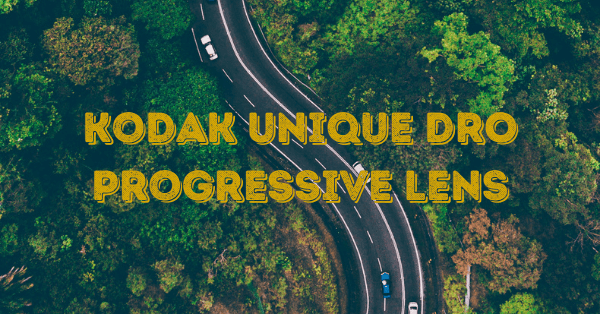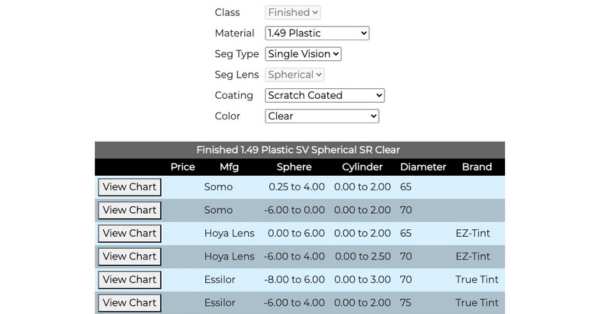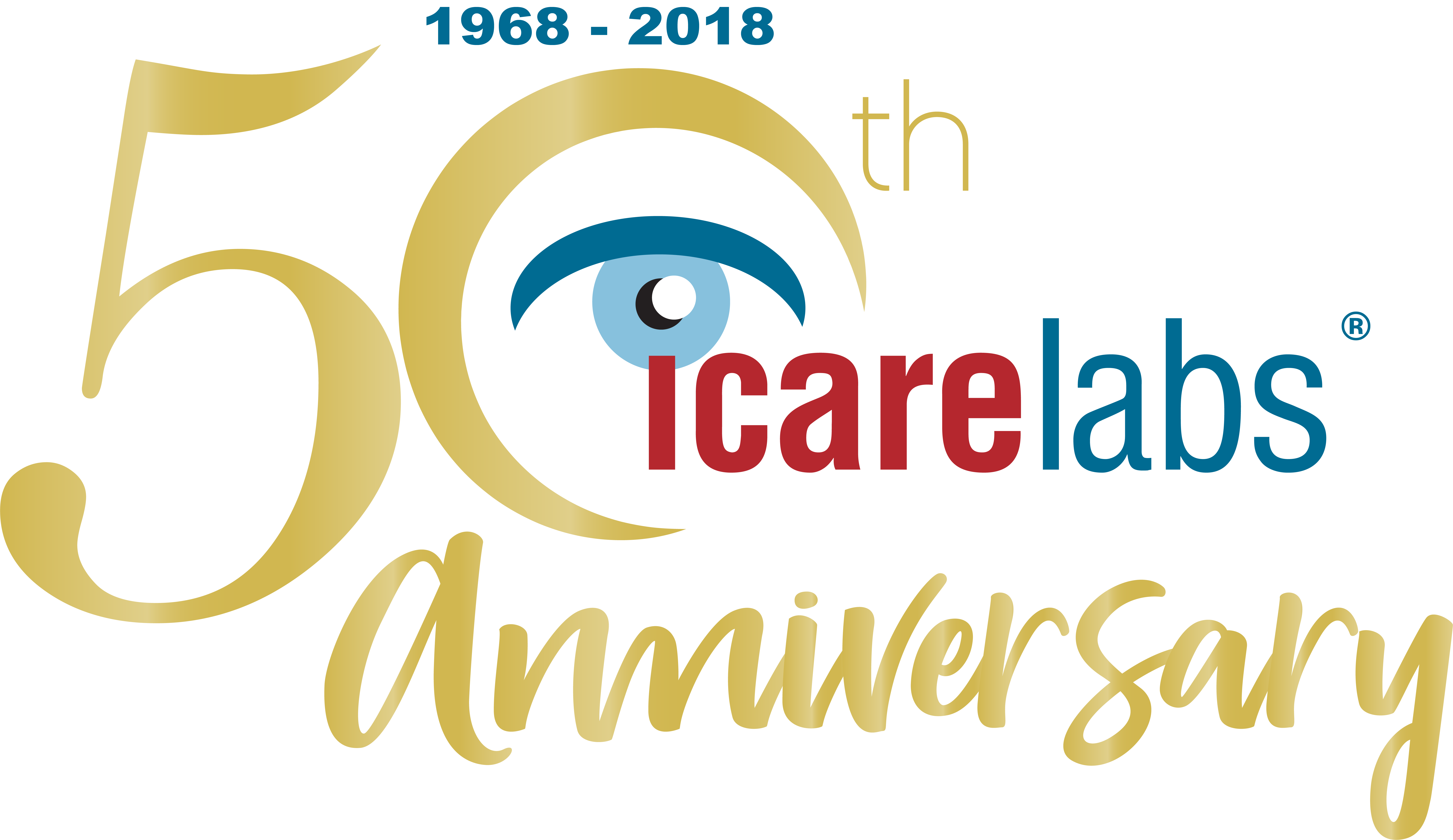
The New Kodak Unique DRO PALs
Mar 14, 2019 3:13:18 PM
Kodak Lens recently released their newest version of their popular Unique lens with the Kodak Unique DRO progressive lens.
Building upon the ever change needs of modern presbyopes, reading habits continue to increase the time spent on mobile devices. Hours a day are spent using cell phones and tablets on social media, news, shopping, and driving directions.
The Kodak Unique DRO uses Dynamic Reading Optimization (DRO) that helps enrich and enhance the reading area.








